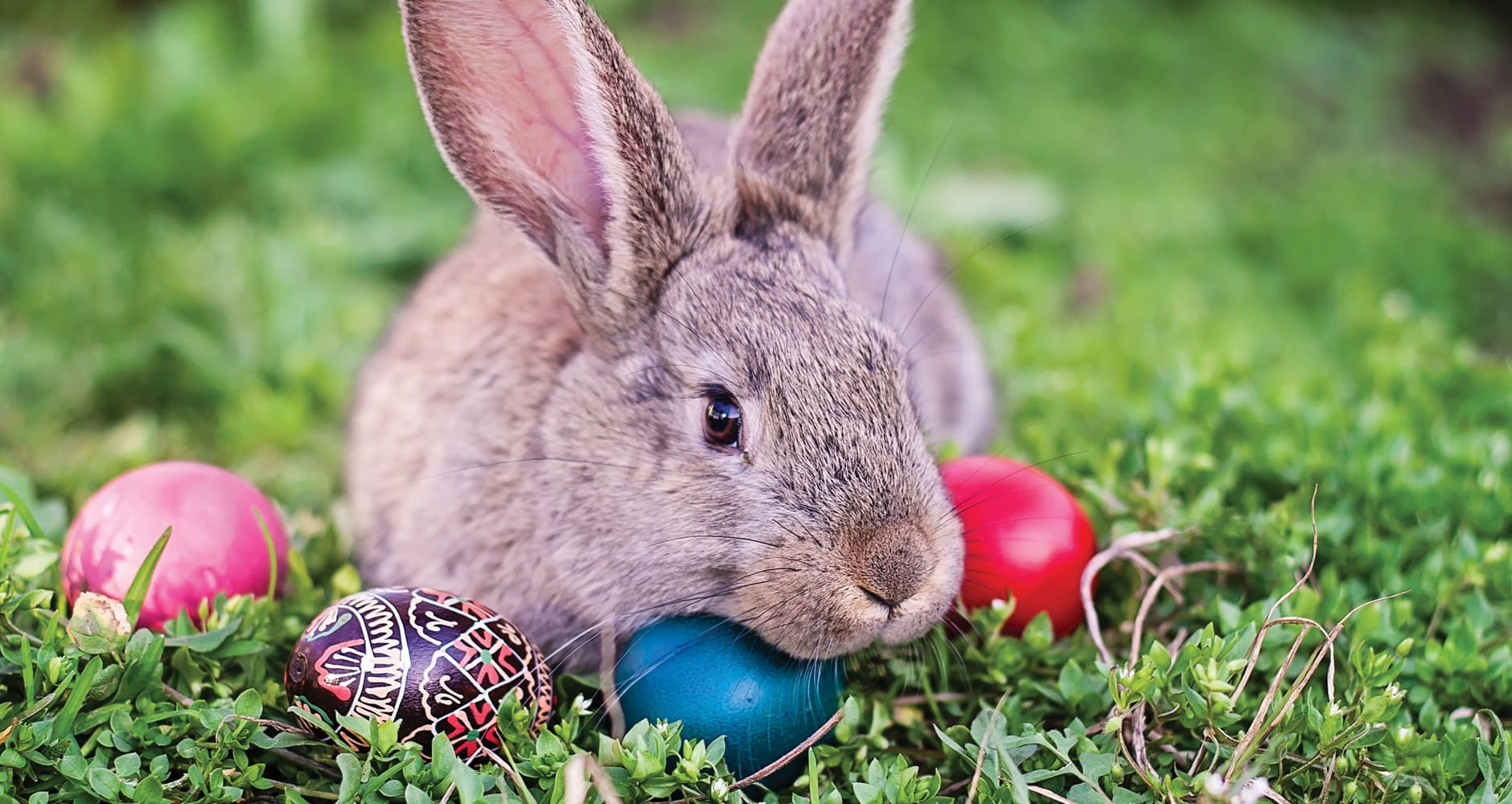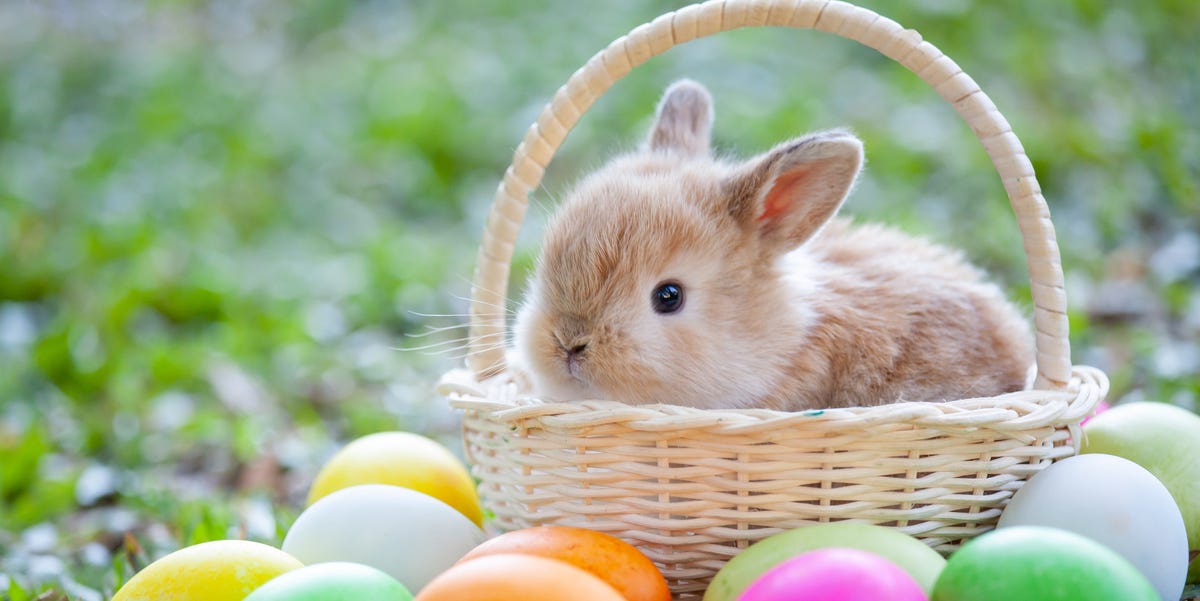Where did easter bunny originate in germany of course
Table of Contents
Table of Contents
As Easter approaches, we start seeing Easter baskets filled with chocolates, candies, and, of course, little bunny figurines. But have you ever wondered where the tradition of the Easter Bunny came from? How did the Easter Bunny originate, and what is its significance today? In this post, we dive deep into the origin of the Easter Bunny and uncover the story behind this beloved holiday symbol.
The Pain Points of How Did The Easter Bunny Originate
While we all know about the Easter bunny, its history is still a mystery to most people. The origin of the Easter bunny and why it’s associated with Easter is not entirely clear, leading to a lot of confusion and speculation about its significance on this holiday.
Answering the Target- How Did The Easter Bunny Originate?
The Easter Bunny’s origin can be traced back to Germany, where it was known as “Osterhase,” or “Oschter Haws.” This tradition has roots in Germany’s pagan past when people celebrated the goddess Eostre with feasts and rituals during the springtime. The goddess was often depicted with rabbits, which symbolizes new life and fertility, and that is how the association between rabbits and the spring season began.
Summary- How Did The Easter Bunny Originate?
So, the Easter bunny is a symbol of new life and fertility, associated with the spring season and is a part of ancient German pagan tradition. With time, the symbol and the tradition gradually spread to other parts of the world, becoming an integral part of the Easter celebration.
Personal Experience with How Did The Easter Bunny Originate
When I was a child, my family used to decorate Easter baskets and set up bunny-themed decorations around the house during Easter time. I always wondered why rabbits were associated with Easter and why they carry eggs. Later, when I learned about the ancient German pagan traditions and the symbol of new life, it all made sense.
The Significance of How Did The Easter Bunny Originate
The Easter Bunny is a symbol of renewal and the coming of spring. It reminds us of the cyclical nature of life and that even in the darkest of winters, new life and light always come back. It’s a way to celebrate the joy of the resurrection of Jesus Christ and the hope that it brings. Today, the Easter Bunny is an essential part of the Easter celebration in many cultures worldwide.
Explaining How Did The Easter Bunny Originate in Detail
While the origins of the Easter Bunny might sound ancient and mysterious, it’s essential to note how the tradition has evolved and adapted to different cultures. Today, the Easter Bunny carries colored eggs and chocolates in many parts of the world, a tradition that started in the eighteenth century. The tradition was brought to America by German immigrants in the eighteenth century, and from then on, it has become a part of mainstream popular culture.
Understanding the Significance of How Did The Easter Bunny Originate
The ancient German pagan traditions, while no longer in practice, have influenced modern-day Easter celebrations worldwide. The festival is a way of honoring the renewal of life and the hope that comes with it. The Easter Bunny not only teaches children about the joys of life and nature but also serves as a symbol of hope and renewal for people around the world.
A Personal Touch to How Did The Easter Bunny Originate
As a child, I always looked forward to Easter, not just because of the chocolates and treats but also because it was an exciting time to decorate the house and spend time with family. The symbolism of the Easter Bunny has always fascinated me, and knowing the history behind it has made me appreciate the tradition even more.
Question and Answer- How Did The Easter Bunny Originate?
Q1. What was the Easter Bunny originally called?
Ans. The Easter Bunny was originally called “Osterhase” in Germany.
Q2. What is the ancient significance of the Easter Bunny?
Ans. The ancient significance of the Easter Bunny lies in German pagan traditions, where it represented new life and fertility during the spring season.
Q3. When did the tradition of the Easter Bunny start?
Ans. The tradition of the Easter Bunny started during the eighteenth century when German immigrants brought it to America.
Q4. Why is the Easter Bunny associated with Easter?
Ans. The Easter Bunny is associated with Easter because of its symbolism for new life and renewal, and the holiday celebrates the resurrection of Jesus Christ.
Conclusion of How Did The Easter Bunny Originate
The Easter Bunny has become an essential part of the Easter celebration today, but its origins lie in the ancient German pagan traditions associated with fertility and new life. The symbol has evolved and adapted to different cultures worldwide, reminding us of the cyclical nature of life and the hope that comes with it. It’s a tradition that not only teaches children about nature and life but also brings joy and hope to people worldwide.
Gallery
Where Did Easter Bunny Originate? In Germany, Of Course! | A German

Photo Credit by: bing.com / easter bunny did originate where germany course germangirlinamerica german
What Is The Origin Of The Easter Bunny? | Heavy.com

Photo Credit by: bing.com / awhile
Where Did Easter Eggs And The Easter Bunny Originate? A Closer Look

Photo Credit by: bing.com /
Where Did The Easter Bunny Come From? Farmers’ Almanac

Photo Credit by: bing.com / almanac
Where Did Easter Bunny Originate? In Germany, Of Course! | Easter Bunny

Photo Credit by: bing.com / originate







